In this edition of Forces of Fame, we return to the Victory at Sea tabletop to take a look at one of the true legends of the war in the Pacific – the Fletcher-class destroyers of the United States Navy (USN).
Designed in the late 1930s and early 1940s with the first examples commissioned into service starting in early 1942 for long-range operations in the Pacific Ocean, the Fletchers were significantly larger than the preceding Gleaves-class allowing them to carry a significant armament over great distances. Five dual-purpose 5″ guns made up the main battery, with a pair of quintuple 21″ torpedo launchers giving the Fletchers a significant anti-shipping capability. For anti-submarine work, a number of depth charge racks and launchers were provided, while anti-aircraft armament was initially rather light – this was progressively rectified throughout the war, especially to guard against the Japanese kamikaze attacks which claimed a number of the class.
Capable of making a little over 36 knots in fair seas, the class was truly designed for operations in the calmer waters of the Pacific, as their seakeeping was not really good enough for the harsher Atlantic weather. Nevertheless, they gave excellent service against the Japanese, and their sheer ubiquity (with a staggering 175 built!) meant they served wherever the US Navy was present, in an enormous variety of roles. After the end of the Second World War, many were refitted for service in the Korean and Vietnam Wars, while dozens were sold or provided as aid to foreign nations, including rather ironically several former Axis powers. The type would be fairly rapidly phased out of USN service in the 1960s and 70s, but upgraded versions soldiered on for decades afterwards. The Mexican Navy’s ARM Cuitláhuac (formerly USS John Rodgers) would only be retired in 2001, giving the class an incredible 60 years of service!
The enormous number of Fletchers produced stands as a testament to the sheer industrial might of the vengeful United States. Produced at shipyards around the country from California to Maine, the class contributed heavily to the overwhelming numerical superiority of the USN. Many would serve in the anti-submarine warfare role, claiming 29 Japanese submarines between them, while still more would act as anti-aircraft pickets and escorts for the all-important USN carrier fleet. The heroic actions of the class could (and probably do!) fill several books when told in full, but the particular engagement which has always stood out to me (and given me a long-lasting appreciation for the bravery and skill of destroyer crews) is the Battle off Samar in October 1944; itself the subject of a scenario in the Victory at Sea rulebook (pages 122-123).
At Samar, a tactical misunderstanding led to the Taffy 3 taskforce (consisting of six escort carriers, four Fletchers, and four smaller destroyer escorts) becoming directly engaged by a significant Japanese surface force of battleships and heavy cruisers, including the monstrous Yamato, the largest battleship ever built. The Yamato alone outweighed every ship of Taffy 3 combined, but with no option but to fight, the US ships did just that. The destroyers laid smokescreens to try and cover the vulnerable carriers, before making daring torpedo runs against the Japanese ships. The battle soon devolved into a chaotic melee, during which time USS Johnston earned her place in naval legend.
Charging into the fray, she engaged the heavy cruiser Kumano with over 200 shells from her 5″ guns, scoring a number of hits and setting her superstructure aflame, before blowing her bow off with a torpedo salvo, causing her to withdraw. Shortly thereafter, three 18″ shells from Yamato struck Johnston in the engine rooms – a blow capable of killing battleships a dozen times her size. Miraculously, the crew were able to use the cover of a rain squall to withdraw and patch up the damage, before plunging back into the fray. Her captain, Commander Ernest E. Evans, resumed engaging enemy ships both small and large, scoring dozens of hits before gunfire knocked out her one remaining engine, and she was sent to the bottom by a number of Japanese ships, who fired on the Johnston rather than the retreating carriers. Around 25 minutes after the order to abandon ship was given, she sank with 186 of her crew. Debate still surrounds the eventual fate of Commander Evans, but he was not among the eventual survivors. For his heroics, he was awarded a posthumous Congressional Medal of Honor, and had a Dealey-class destroyer escort named after him in 1955.
On the Victory at Sea tabletop, the Fletchers come in at the fairly ‘standard’ points cost of 60, but have a whopping 6/2 Hull rating – not bad for ships often referred to as ‘tin cans’ by their crews! Armament is the standard 5×5” battery of Light Guns, as well as a small AA Battery. With a pair of centreline Mk15 Torpedo Launchers, it can pack a serious punch against enemy capital ships, and a variety of refit options can make it either much cheaper at the cost of some firepower, or much more effective against enemy aircraft. In any configuration, the Fletcher-class really is a must-have for any US Admiral!
Found in the Battle for the Pacific starter game (six miniatures), or available separately in sets of three, our Warlord Resin and metal Fletcher-class destroyers give USN players a quick and easy way to add scouting and torpedo-based firepower to their fleets. With 175 built, you quite literally cannot have too many – although, if anyone does have the entire class represented in miniature, please do get in touch…
Other articles in the Forces of Fame Series:
Bolt Action – The Tiger I; Princess Elizabeth (Jubilee Special); Japanese Special Naval Landing Force;
Blood Red Skies – Messerschmitt Bf 110; Ki-43 II ‘Oscar’;
Victory at Sea – The Bismarck;
Pike & Shotte – Cuirassiers;
Black Powder (Epic Battles ACW) – The Iron Brigade;
Black Seas – HMS Victory;
SPQR – Dacian Falxmen;
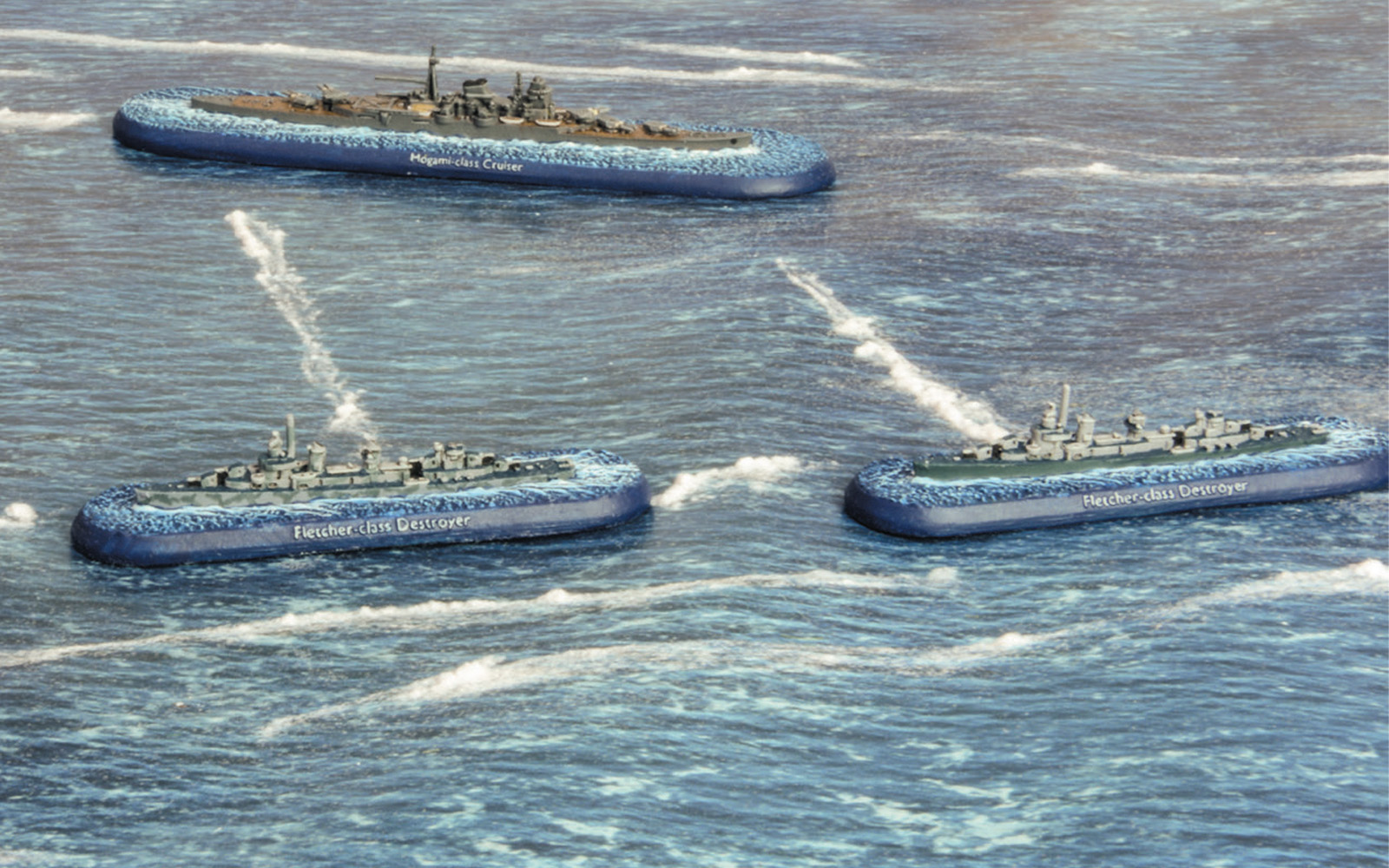
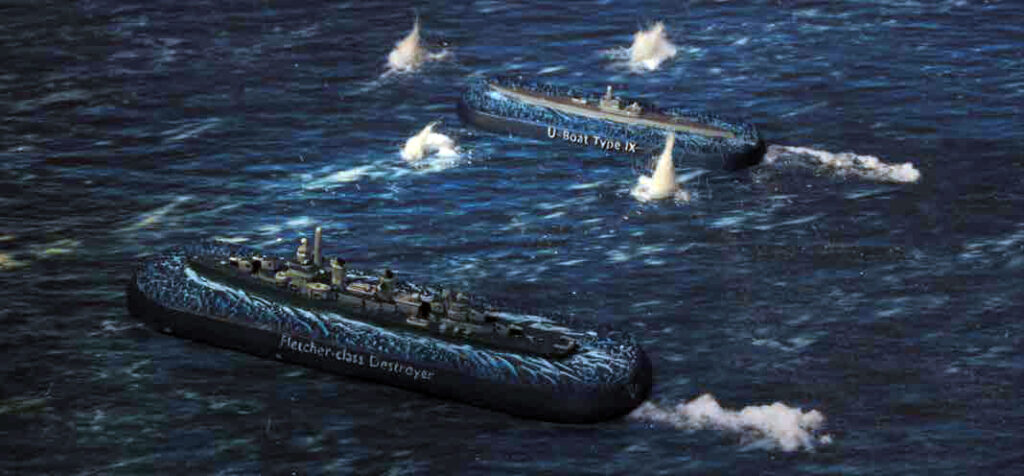
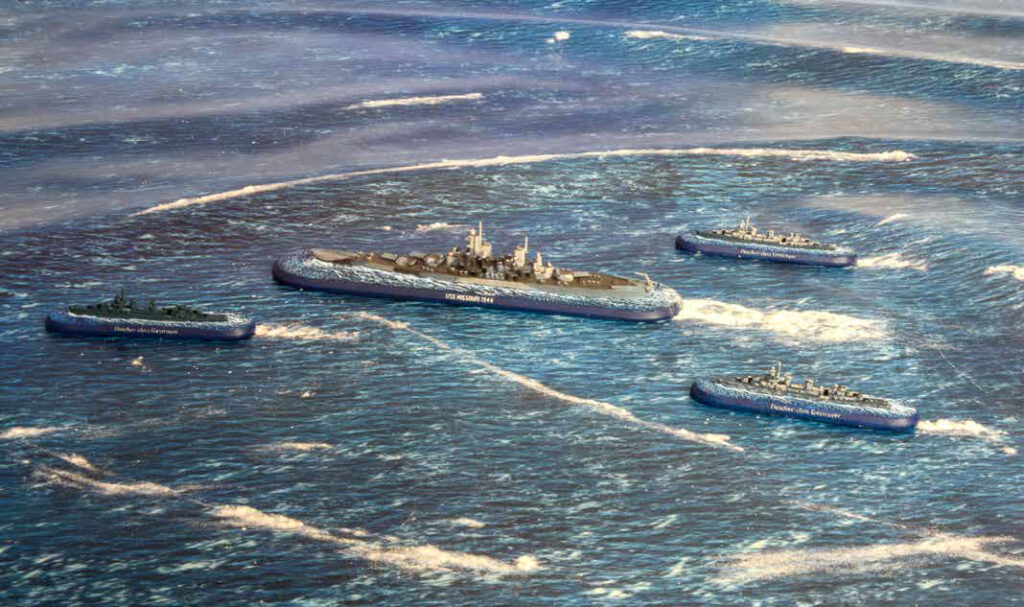
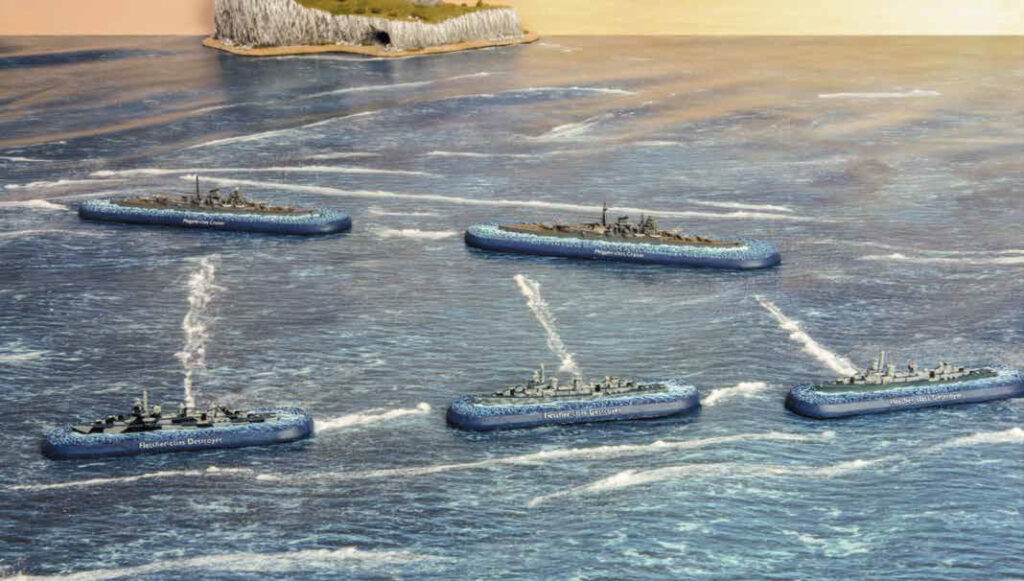

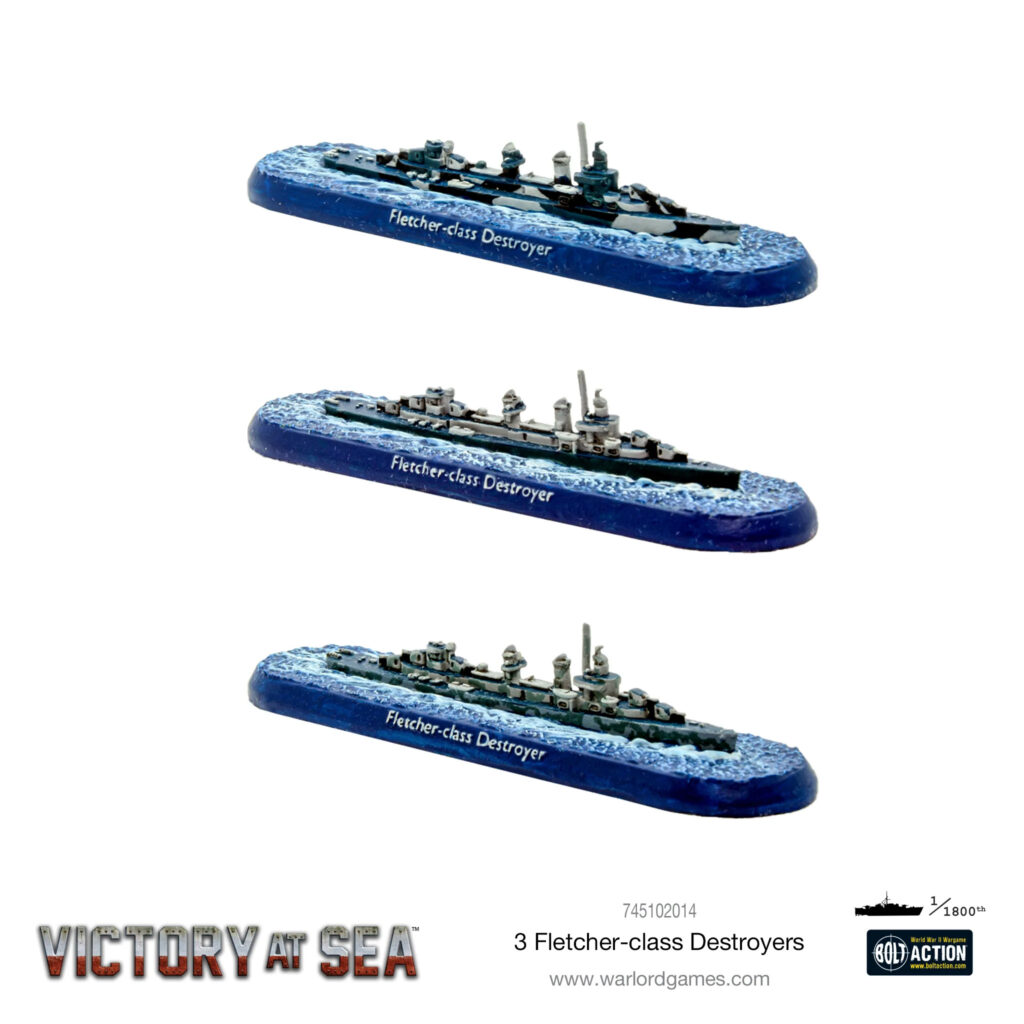
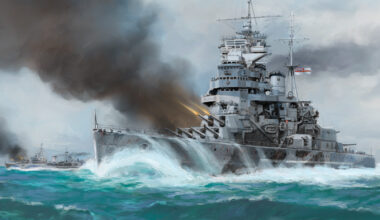

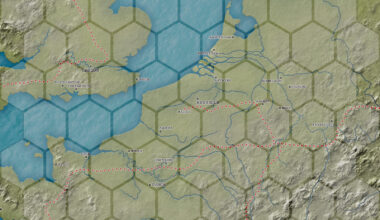
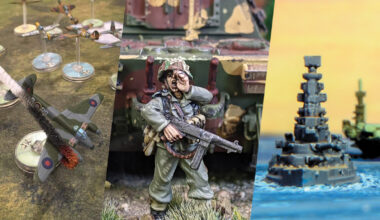
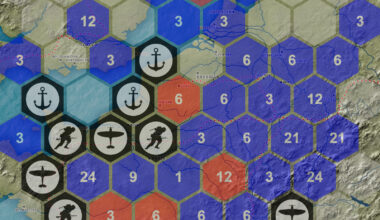
1 comment
I love this game and I can’t wait for it to be tournament ready.
With regard to tournament play, I believe the rule of three is important. A maximum of three of any class of ship. Between two players, that’s all on them, the scenarios, likewise, are all determined by the historical forces.
For a tournament, for balance and also forcing a variety of force, the rule of three seems most appropriate.
Comments are closed.